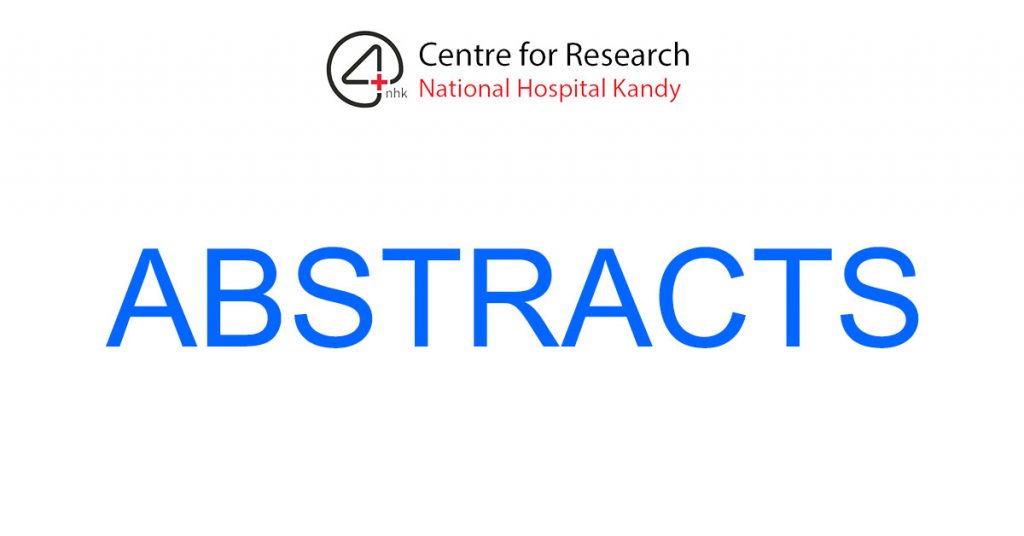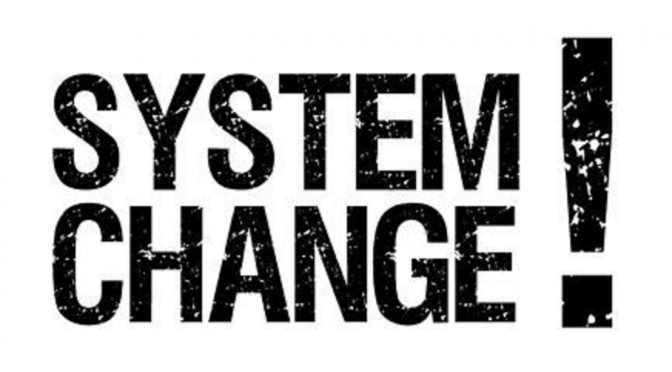Abstract:
This review examines a comprehensive overview of chronic kidney disease (CKD) published by Kakitapalli et al. in 2020. The original article covers the epidemiology, risk factors, diagnosis, management, and prevention of CKD. This review analyzes the key findings and contributions of the article to the current understanding of CKD.
Introduction:
Chronic kidney disease is a major global health issue with significant morbidity and mortality. The article by Kakitapalli et al. aimed to provide a detailed review of CKD, covering various aspects from epidemiology to management. This review critically examines the content and contributions of the article to the field of nephrology.
Methods:
This review involved a careful reading and analysis of the original article. Key sections were identified, and their main points extracted. The scientific validity, comprehensiveness, and relevance of the information presented were evaluated.
Results:
The article provides a thorough overview of CKD, including:
– Epidemiology: Highlights the global prevalence of 13.4% and mortality of 1.2 million per year.
– Risk Factors: Discusses both modifiable and non-modifiable risk factors, including diabetes, hypertension, obesity, and environmental toxins.
– Diagnosis: Describes key diagnostic markers like glomerular filtration rate (GFR) and albumin-creatinine ratio (ACR).
– Management: Covers approaches like blood pressure control, glycemic control, and lifestyle modifications.
– Prevention: Emphasizes screening of high-risk individuals and use of modern techniques like data mining for early detection.
The review is well-structured and covers a wide range of relevant topics. It synthesizes information from multiple sources to provide a comprehensive picture of CKD.
Discussion:
Strengths of the article include its broad scope, covering epidemiology to prevention, and its inclusion of both established knowledge and emerging research areas. The discussion of novel diagnostic approaches like skin texture analysis and the potential of data mining techniques for CKD prediction are particularly noteworthy.
However, the article has some limitations. The methodology for selecting included studies is not clearly described, making it difficult to assess the comprehensiveness of the review. Additionally, while a wide range of topics is covered, some areas like the economic burden of CKD or quality of life issues could have been explored further.
Conclusion:
The article by Kakitapalli et al. provides a valuable overview of CKD, synthesizing current knowledge and highlighting areas for future research. It serves as a useful resource for healthcare professionals and researchers in the field of nephrology. Future reviews could build on this work by including a more systematic approach to literature selection and expanding on socioeconomic aspects of CKD.
original article – The interaction on hypertension between family history and diabetes and other risk factors (nature.com)


